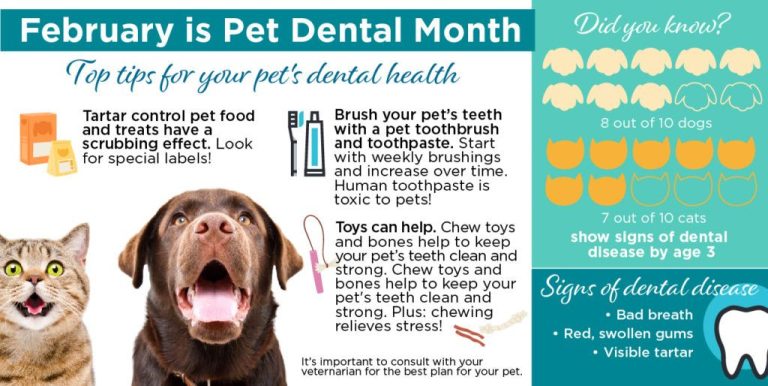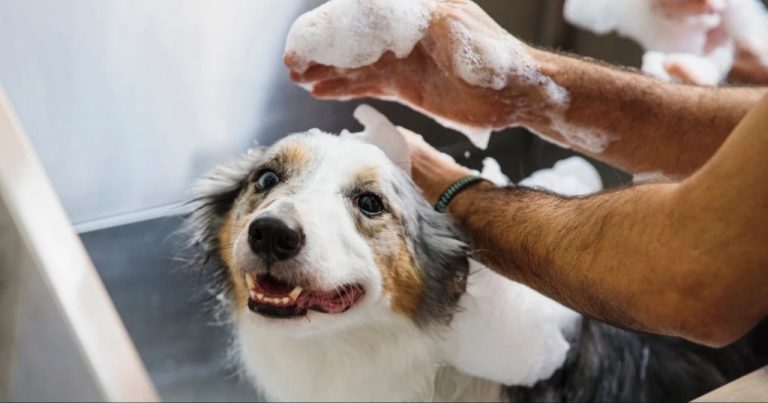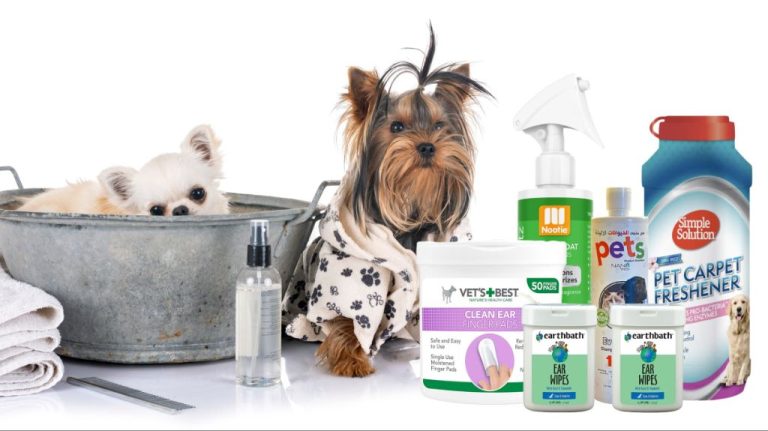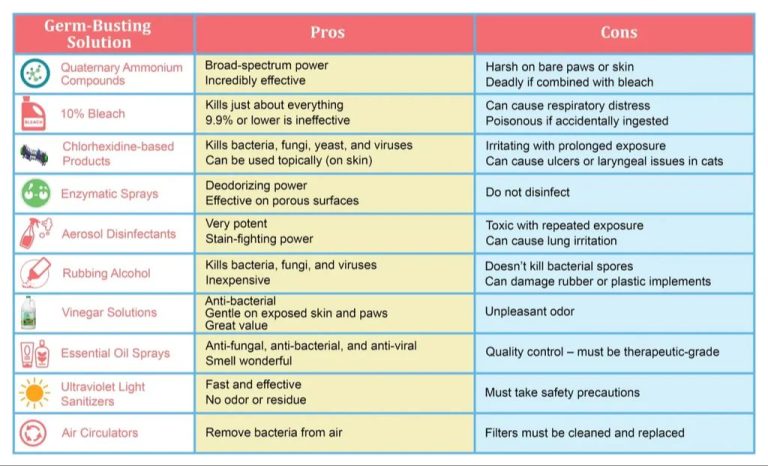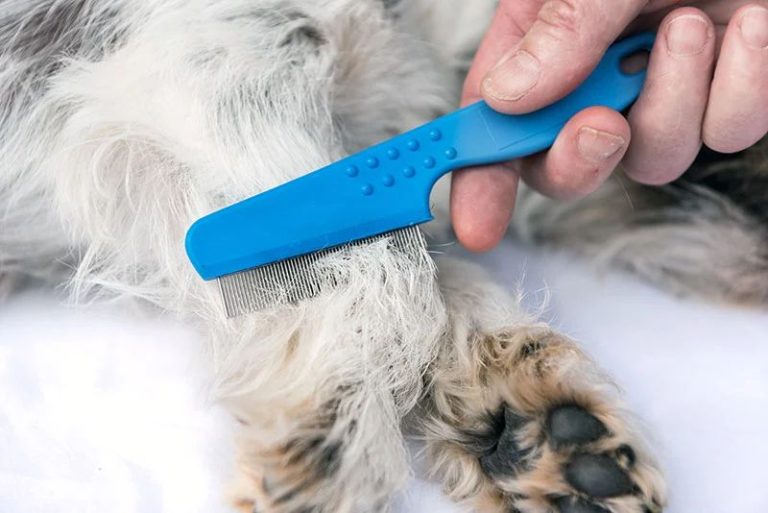Coat Conditioning: Products And Techniques For A Shiny Coat
Proper coat conditioning is extremely important for keeping your pet’s skin and coat healthy, especially dogs and cats. A pet with a shiny, soft coat indicates good overall health and vitality, whereas a dull, brittle coat can signal potential health issues (source). A healthy coat for dogs and cats is soft, shiny, and smooth – not brittle or flaky. The coat should also lay flat against the body and have good elasticity to avoid breakage. Regular conditioning, along with proper nutrition and grooming, helps maintain the natural oils in your pet’s fur to keep their coat looking its best.
Different Coat Types
Dogs and cats come in many different coat types that require specialized conditioning techniques. The major coat types are long, medium, and short.
Long Coats
Long coats, like those seen on breeds such as Maltese, Shih Tzus, and Persian cats, require frequent brushing and conditioning to prevent tangles and mats. These coats are prone to collecting debris and need to be thoroughly combed through. Using a detangling spray before brushing can help smooth out knots and tangles. Applying a conditioning cream or serum after brushing will help keep the long coat smooth, shiny, and protected [Source].
Medium Coats
Medium length coats, like those of Labradors, Beagles, and domestic shorthair cats, also need regular brushing and conditioning. These coats are less prone to matting but still benefit from detanglers before brushing and coat glossing products after to keep the fur healthy and minimize shedding [Source].
Short Coats
Short-haired breeds like Boxers, Pugs, and Siamese cats require less intensive grooming. Using a rubber brush to remove loose hair once or twice a week is usually sufficient. Applying a moisturizing coat oil helps keep the short fur soft and shiny [Source].
Nutrition
A healthy diet is crucial for maintaining a shiny coat on your dog. There are several key nutritional components to focus on:
Quality Proteins: Proteins provide the amino acids that are essential for skin and coat health. Look for dog foods with high-quality protein sources like chicken, lamb, fish, eggs or dairy. Avoid filler proteins like corn or wheat.
Healthy Fats: Omega-3 and omega-6 fatty acids support skin and coat condition. Fish oils, vegetable oils and other natural fat sources provide these essential fatty acids.
Vitamins & Minerals: Vitamins like A, B, C and E provide antioxidant support while minerals like zinc and copper contribute to coat health. Choose dog foods fortified with vitamins and chelated minerals.
Feeding your dog a balanced commercial or homemade diet with quality proteins, fats and micronutrients will go a long way towards maintaining a healthy, shiny coat from the inside out.
Brushing
Regularly brushing your dog’s coat is important for several reasons. It helps distribute natural oils through the fur, removes dirt and debris, and detangles the coat (Pro Groomer Tips for Brushing a Dog According to Coat Type | Chewy). Brushing stimulates blood flow to the skin which improves coat health. It can also be relaxing and bonding experience for both you and your dog.
The proper brushing technique depends on your dog’s coat type:
Short-haired dogs: Use a bristle brush or a rubber grooming mitt. Brush in the direction of hair growth with short strokes. Focus on massaging the skin to distribute oils (How to Brush Your Dog | Four Paws).
Medium-haired dogs: Use a bristle brush or slicker brush. Brush all the way down to the skin with long strokes following the direction of hair growth.
Long-haired dogs: Use a slicker brush and metal comb. Start by brushing knots out with the slicker brush, then follow with the comb to remove tangles.
Double-coated dogs: Use a slicker brush to detangle the top coat, followed by an undercoat rake to remove loose hair from the undercoat. Always brush in the direction of hair growth.
Bathing
How often you should bathe your dog depends on their coat type. Dogs with oily coats like Basset Hounds may need monthly baths, while dogs with dry coats like Greyhounds only need a few baths per year (PetMD). For most dogs, bathing every 1-3 months is sufficient.
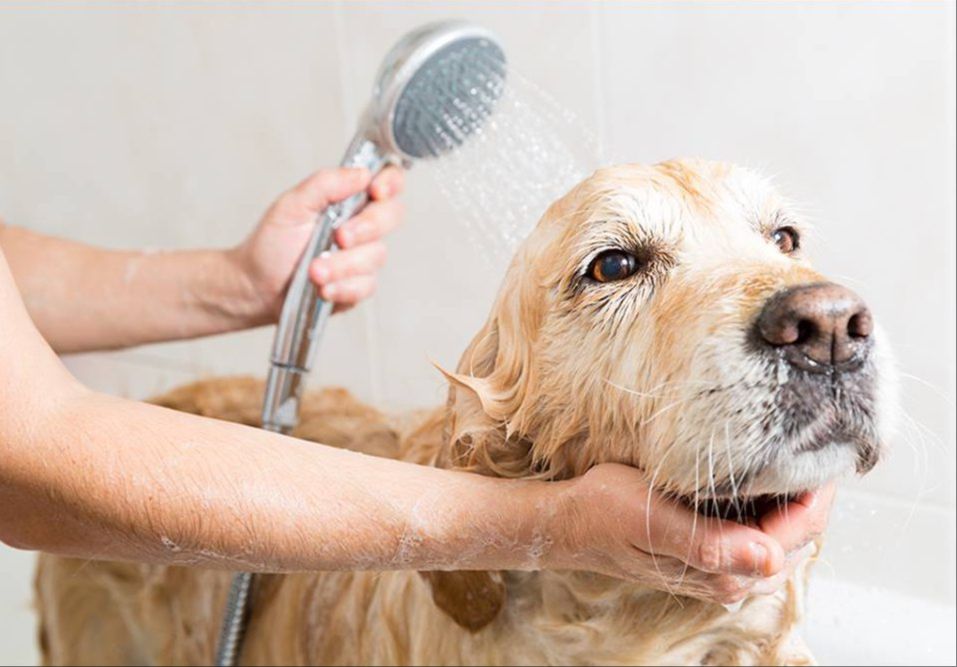
When bathing your dog, be sure to use a dog-specific shampoo and lukewarm water. Thoroughly wet their coat before massaging the shampoo all the way down to the skin. Let it sit for 5-10 minutes before rinsing. For conditioning, apply a dog conditioner or coat serum and let sit a few minutes before rinsing (Crown Vet). Finish by towel drying gently.
Double coated breeds like Huskies require extra conditioning care when bathing. Use cool water and dog-safe detangling spray before brushing out their coat while wet. Avoid blow drying. Their topcoat should air dry naturally to avoid damage.
Deshedding Tools
Deshedding tools can help remove loose hair and reduce shedding. Some popular options include:
Rubber brushes – These have rubber nubs that gently penetrate the coat to remove loose undercoat without irritating the skin. Rub gently and avoid using on dogs with very short coats.
Furminators – These metal brushes have sharp teeth that reach deep into the undercoat to grab loose hair. Use with a light touch and avoid overusing, as they can damage the coat if used too aggressively.
Shedding blades – These blades have a serrated edge to cut through loose undercoat hairs while leaving topcoat hairs intact. Always brush in the direction of hair growth.
When using deshedding tools, go slowly and avoid excessive pressure. Work in sections and brush against the grain to grab loose hairs. Use a wide-toothed comb afterward to detangle the coat. Check for skin irritation and discontinue use if the dog seems uncomfortable. Deshedding more frequently can reduce heavy seasonal shedding.
Quality deshedding tools like the Samply Dog Shedding Brush can make the process easier and more effective. But always use gentle technique and monitor your dog’s comfort level when deshedding.
[https://www.ubuy.com.pa/en/product/40PWD8DA8-samply-dog-shedding-brush-for-long-amp-short-hair-pets-deshedding-tools-for-dogs-and-cats
]
Coat Conditioners
Coat conditioners are designed to add moisture and nourishment to a dog’s skin and coat. Conditioners help smooth down the cuticle layer on each hair strand, making the coat look and feel softer, silkier, and shinier. They also provide a range of other benefits for skin and coat health.
Look for conditioners formulated with quality conditioning agents and oils. Ingredients like fatty acids and oils such as jojoba, argan, coconut, and olive oil provide deep hydration. Humectants like glycerin and panthenol draw moisture into the skin and coat. Natural botanical extracts like aloe vera, chamomile, and oatmeal also soothe and moisturize the skin.
Avoid products with alcohol, sulfates, artificial fragrances, and other harsh chemicals. These ingredients can dry out the coat and irritate the skin over time. Focus on gentle, natural ingredients targeted to your dog’s specific coat type for the best conditioning results.
DIY Conditioners
Homemade coat conditioners can be an effective way to keep your dog’s coat healthy, shiny, and soft. Making your own allows you to control the ingredients and avoid unnecessary chemicals or preservatives. Here are a couple recipes for DIY coat conditioners:
Coconut Oil Conditioner
This simple homemade conditioner moisturizes and adds shine using just two ingredients:
- 2 tablespoons melted coconut oil
- 1/4 cup ground oatmeal
Mix the ingredients together into a paste. Apply to your dog’s dry coat, massaging it in well and leaving it on for 5-10 minutes before rinsing. The coconut oil will condition the fur while the oatmeal helps exfoliate the skin (Source).
Oil Blend Conditioner
For a more nourishing conditioner, try this blend of moisturizing oils:
- 1/2 cup coconut oil
- 2 tsp olive oil
- 1 tbsp bath oil
- 2 drops vanilla extract
Mix the ingredients together until well blended. Apply the conditioner to your dog’s coat after bathing and allow it to soak in for 10-15 minutes before rinsing out. The oils will help strengthen and soften the fur (Source).
Experiment with different natural oil combinations to find the perfect homemade conditioner for your pup!
Other Tips
There are a few other strategies you can try to keep your dog’s coat shiny and healthy besides the main grooming and conditioning techniques:
Fish Oil Supplements – Adding a fish oil supplement to your dog’s diet can provide omega-3 fatty acids that promote skin and coat health. Look for a supplement specifically formulated for dogs. Always consult your vet before starting any new supplement.
Massage – Regular massage helps distribute the dog’s natural oils across their skin and coat for added shine. Focus on massaging in circular motions along the dog’s back, chest, legs, neck, and hips for 5-10 minutes at a time.
Humidifiers – Dry air can make your dog’s skin dry and flaky. Adding moisture back into the air with a humidifier can prevent coat drying. Place humidifiers near your dog’s favorite napping spots.
Groomer Visits – Professionally trained groomers have high-quality tools and products they can use to deep clean and condition your dog’s coat. Consider regular grooming appointments to maintain coat health between DIY grooming sessions.
Paying attention to your dog’s coat condition and trying small tweaks to their routine can keep their fur looking healthy, soft, and shiny for years to come.
Summary
To recap, there are several key things you can do to help your pet achieve a healthy, lustrous coat.
Proper nutrition is crucial – feed a high quality diet rich in omega fatty acids. Regular brushing helps distribute natural oils and removes dirt and loose hair. Use appropriate shampoos and conditioners for your pet’s coat type during bathing. Deshedding tools can further help remove excess hair.
Leave-in conditioning sprays, creams or oils help add shine and moisture. Make sure to use products formulated specifically for pets, and do occasional deep conditioning treatments. For horses, supplements like flaxseed can also boost coat health.
By following these tips on proper conditioning and care, you can keep your pet’s coat looking its best. A healthy, shiny coat is a sign of good overall health and grooming.

